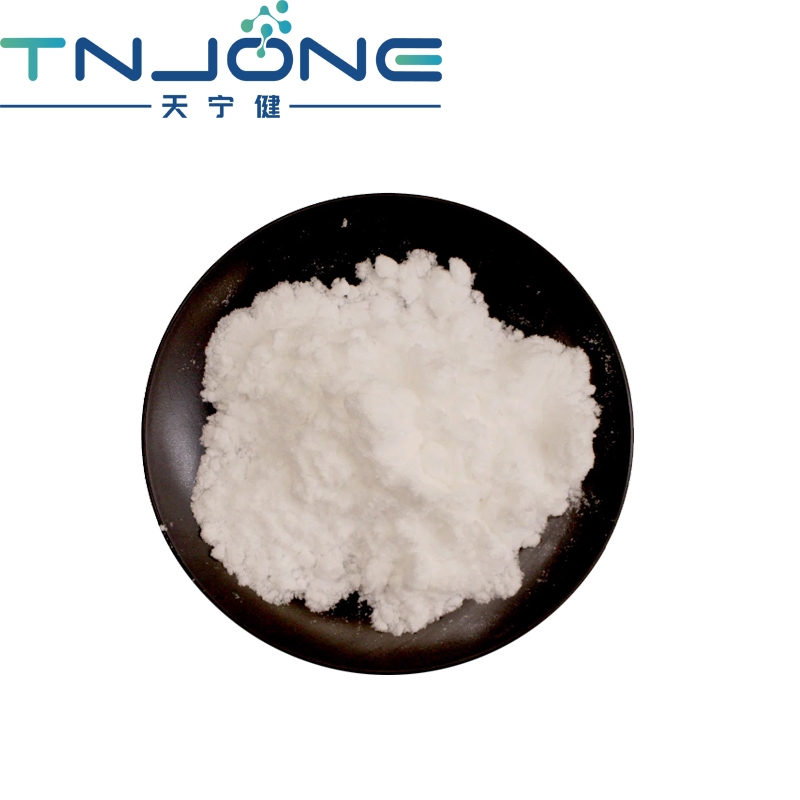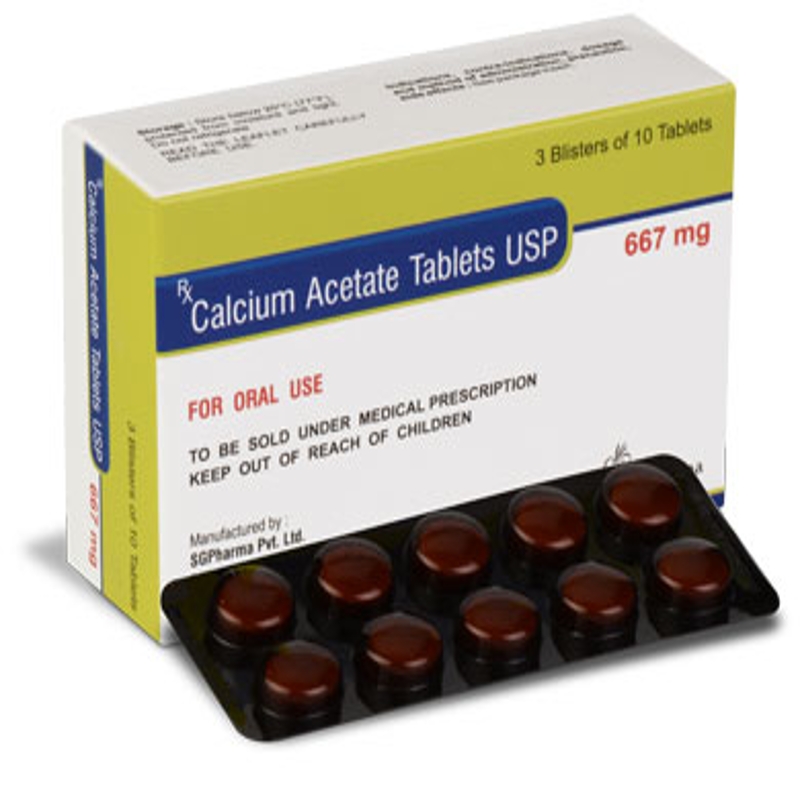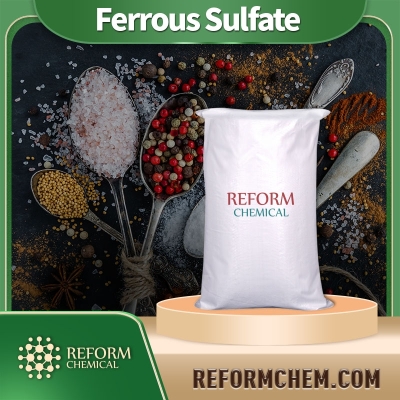-
Categories
-
Pharmaceutical Intermediates
-
Active Pharmaceutical Ingredients
-
Food Additives
- Industrial Coatings
- Agrochemicals
- Dyes and Pigments
- Surfactant
- Flavors and Fragrances
- Chemical Reagents
- Catalyst and Auxiliary
- Natural Products
- Inorganic Chemistry
-
Organic Chemistry
-
Biochemical Engineering
- Analytical Chemistry
-
Cosmetic Ingredient
- Water Treatment Chemical
-
Pharmaceutical Intermediates
Promotion
ECHEMI Mall
Wholesale
Weekly Price
Exhibition
News
-
Trade Service
The clinical landscape of chronic myeloid leukemia (CML) has changed significantly since the introduction of tyrosine kinase inhibitors (TKIs)
.
In most cases, long-term treatment and molecular monitoring are required, with a life expectancy approaching that of the general population and allowing deep molecular responses (DMR) to be achieved in large numbers of patients
.
The second-generation TKIs nilotinib (NIL) and dasatinib (DAS) were first introduced as second-line drugs for im-resistant or intolerant CML patients and then approved as first-line treatments
.
Despite these outstanding results, there are limited data in chronic-phase chronic myeloid leukemia (CP-CML) patients >75 years of age receiving first-line second-generation tyrosine kinase inhibitor therapy
.
.
In most cases, long-term treatment and molecular monitoring are required, with a life expectancy approaching that of the general population and allowing deep molecular responses (DMR) to be achieved in large numbers of patients
.
The second-generation TKIs nilotinib (NIL) and dasatinib (DAS) were first introduced as second-line drugs for im-resistant or intolerant CML patients and then approved as first-line treatments
.
Despite these outstanding results, there are limited data in chronic-phase chronic myeloid leukemia (CP-CML) patients >75 years of age receiving first-line second-generation tyrosine kinase inhibitor therapy
.
leukemia
Therefore, to address this issue with dasatinib (DAS) treatment, we retrospectively analyzed 45 CP-CML patients (pts) who were followed in 20 Italian centers and who received dasatinib in the first-line setting.
Nitrogen (DAS) treatment
.
Nitrogen (DAS) treatment
.
Figure 1: Dasatinib doses at different treatment time points
.
.
Figure 2: Cumulative incidence of deep molecular responses
.
The median patient age was 78.
4 years (range 75-89.
2 years)
Figure 2: Cumulative incidence of deep molecular responses
Figure 3: Event-free survival
.
.
Figure 4: Overall survival
.
.
Results indicated that grade 3 and 4 hematologic and non-hematologic side effects were detected in 6 (13.
3%) and 12 (26.
Original source:
Original source:Stagno F, Breccia M, Annunziata M, Trawinska MM, Iurlo A, Sgherza N, Fava C, Gozzini A, Luciano L, Carmosino I, Bonifacio M, Sorà F, Leonetti Crescenzi S, Crugnola M, Gugliotta G, Galimberti S, Bucelli C, Colafigli G, Feo C, Tiribelli M, Mauro E, Russo Rossi A, Guarini A, Abruzzese E, Rosti G, Di Raimondo F, Latagliata R.
Stagno F, Breccia M, Annunziata M, Trawinska MM, Iurlo A, Sgherza N, Fava C, Gozzini A, Luciano L, Carmosino I, Bonifacio M, Sorà F, Leonetti Crescenzi S, Crugnola M, Gugliotta G, Galimberti S, Bucelli C, Colafigli G, Feo C, Tiribelli M, Mauro E, Russo Rossi A, Guarini A, Abruzzese E, Rosti G, Di Raimondo F, Latagliata R.
leave a message here







